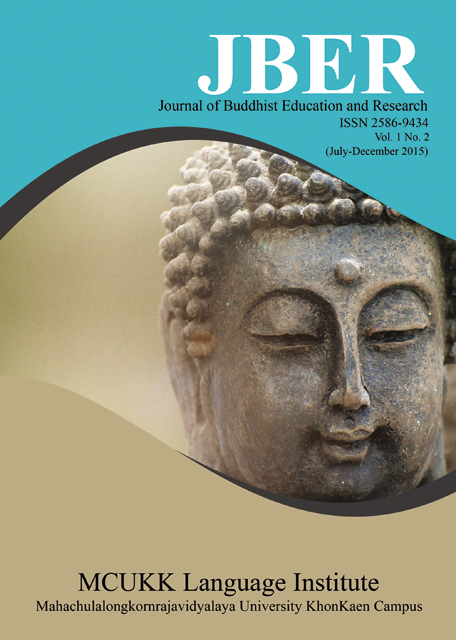Identity Of Buddhist Jurisprudence
Keywords:
Early Buddhism, Vinaya, PatimokkhaAbstract
This paper aimedto study an issue of the knowledge of the history, philosophy, and nature of Buddhist law as depicted in early Buddhist texts which were related to the Patimokkha in VinayaPitaka. The VinayaLaws are similar in certain respects to other ecclesiastical law, but it differs fundamentally in itsstructure, jurisprudence and application from the latter. The laws of Vinaya are more distinct and better codified than any other the contemporary law-codes. The Buddhist Vinaya is based on celibacy, moral precepts and doctrinal ideals. The Buddha not only codified the ascetic principles but also improved them in changing its aim, scope and nature. So, the identity of Buddhist jurisprudence can be divided into eight vital characteristics, which are as follows:- 1) Sammuti (convention), 2) contribution of Brahamacariya (Celibacy), 3) the influence of the institution of Yatis(a pious ascetic), 4) Uposatha in Order Literature, 5) public opinion, 6) Suggestion of Bhikkhu, 7) Atikkamo (transgression) and Itihasa (tradition). It would be worthy to note here that the core of the Buddhist jurisprudence is Parivasa (Probation of Offender) which is the Buddhist solution to reform and rehabilitate the criminal leading him to the attainment of final blessing i.e. Nibbana.





